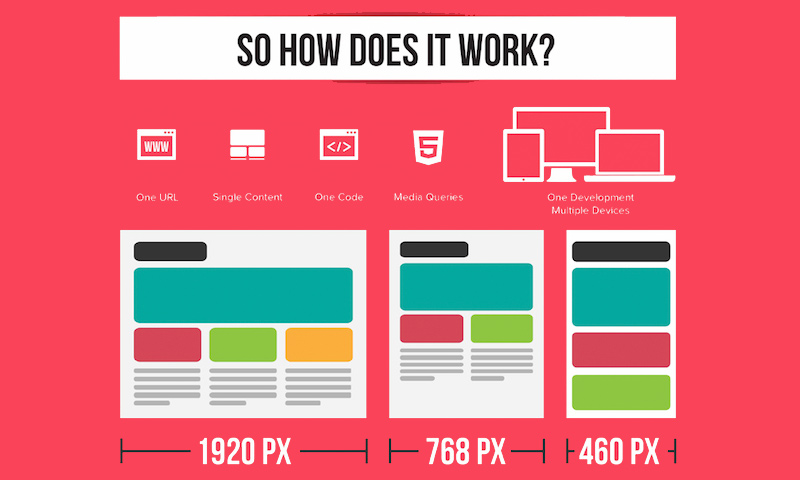Internet Site Design Basics: Tips For Structure A User-Friendly Website
Internet Site Design Basics: Tips For Structure A User-Friendly Website
Blog Article
Post Developed By-Crews Gammelgaard
When it comes to website style, guaranteeing user-friendliness is key. From responsive design to structured navigating, every element plays a vital duty in producing a site that satisfies your target market's needs. But what concerning homepage content that can make or break a customer's searching experience? Stay tuned as we discover some often-overlooked tips that can raise your website's functionality to the next level, making it really stand apart in the digital landscape.
Relevance of Responsive Layout
Receptive style is an essential facet of modern web site advancement. Ensuring your site is receptive means that it can adjust to different display sizes and gadgets, giving a smooth experience for users.
With the boosting use of smart devices and tablet computers to access the web, having a receptive layout is important for getting to a larger audience. It assists in enhancing customer experience by making your website very easy to navigate and read on any type of device.
In addition, responsive layout can positively influence your online search engine rankings, as search engines like Google prioritize mobile-friendly web sites. By having please click the following post , you're likewise future-proofing your web site, as brand-new tools with differing screen sizes continue to arise.
Simplify Navigation Structure
To improve customer experience and promote easy accessibility to information on your web site, improving the navigating framework is vital. When creating your site, focus on creating a clear and intuitive navigation menu that assists site visitors find what they're searching for rapidly.
Limitation the number of menu products to the fundamentals, organizing relevant web pages with each other to stay clear of overwhelming individuals. Use descriptive tags that clearly suggest the web content of each web page, making it much easier for users to understand where each web link will take them.
Think about implementing dropdown menus for subcategories to avoid littering the major navigating bar. Additionally, consist of a search bar plainly on the web page for individuals that like looking for certain information.
Focus on mobile responsiveness in your navigating style to make certain very easy gain access to on all gadgets.
Optimize Page Load Speed
Improving page tons speed is essential for preserving site visitors on your website. Slow-loading pages annoy individuals and can bring about high bounce prices. To enhance web page load speed, begin by enhancing photos. Press images without endangering quality to reduce their data sizes.
In addition, make it possible for web browser caching to keep often accessed resources in your area, quickening load times for returning visitors. Minify CSS, JavaScript, and HTML documents by eliminating unnecessary characters, comments, and formatting, enhancing load rate.
Consider utilizing a web content shipment network (CDN) to distribute your web site's web content across multiple web servers worldwide, lowering latency for users accessing your website from various areas. Lastly, limit the use of third-party scripts and plugins, as they can dramatically affect lots times.
Verdict
Finally, by including receptive style, streamlining navigation, and enhancing web page lots speed, you can develop an user-friendly web site that interest a bigger target market and improves customer experience. These essential elements make sure that site visitors can easily access and navigate your website throughout different tools, causing increased interaction and fulfillment. By focusing on these key aspects, you can construct an effective web site that maintains individuals coming back for more.
